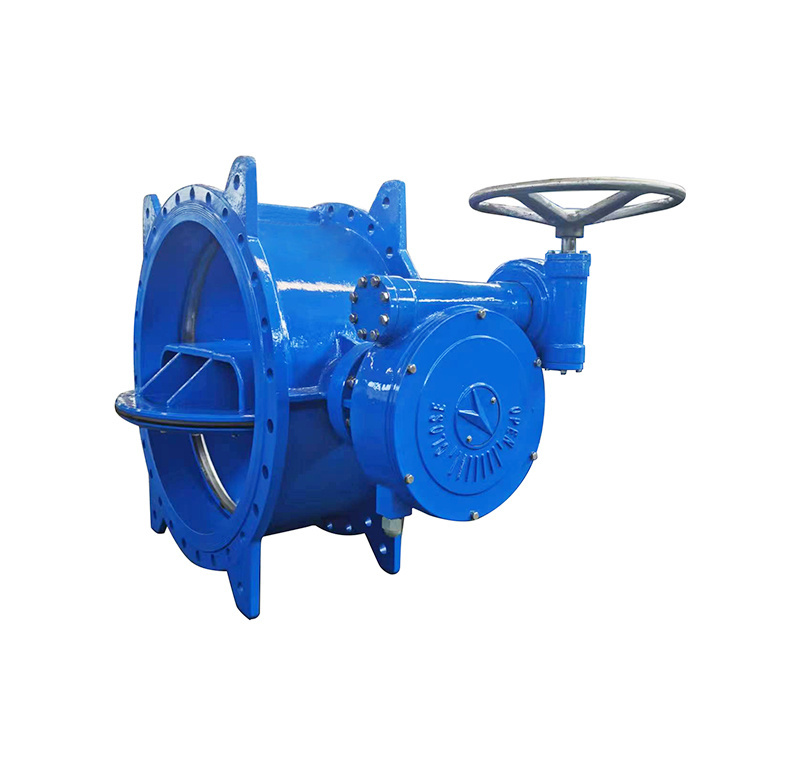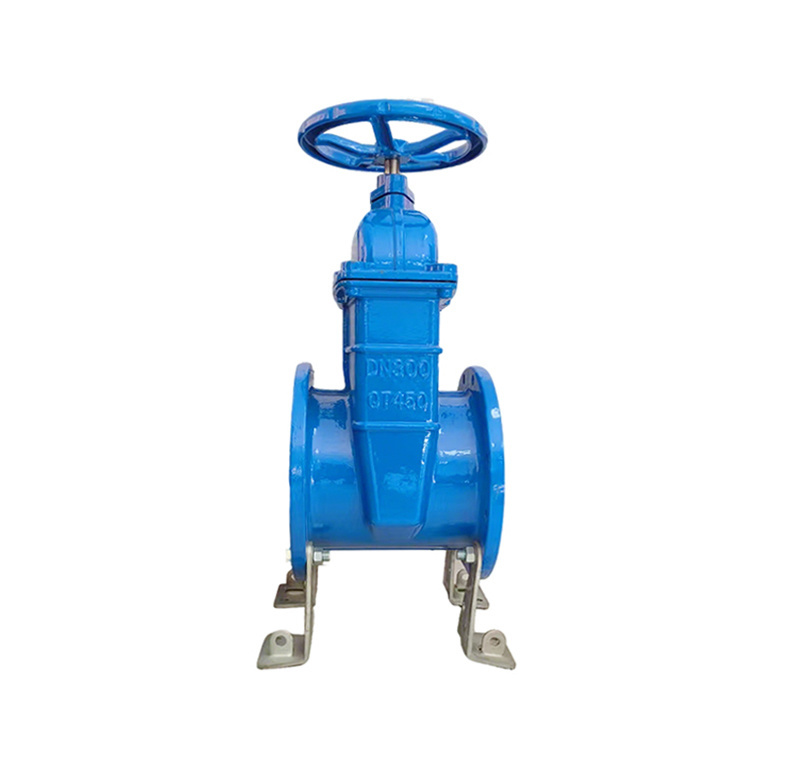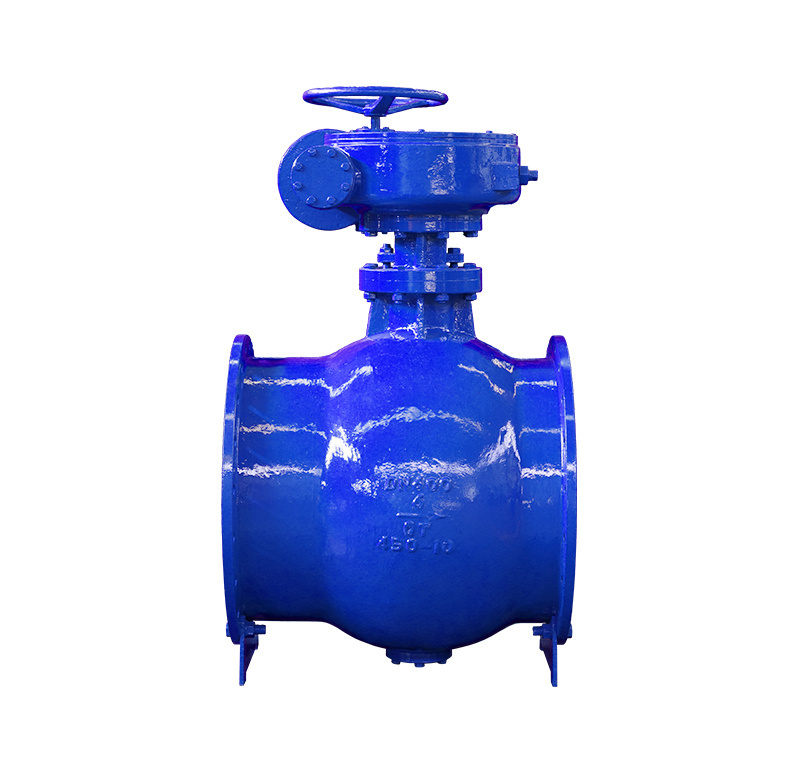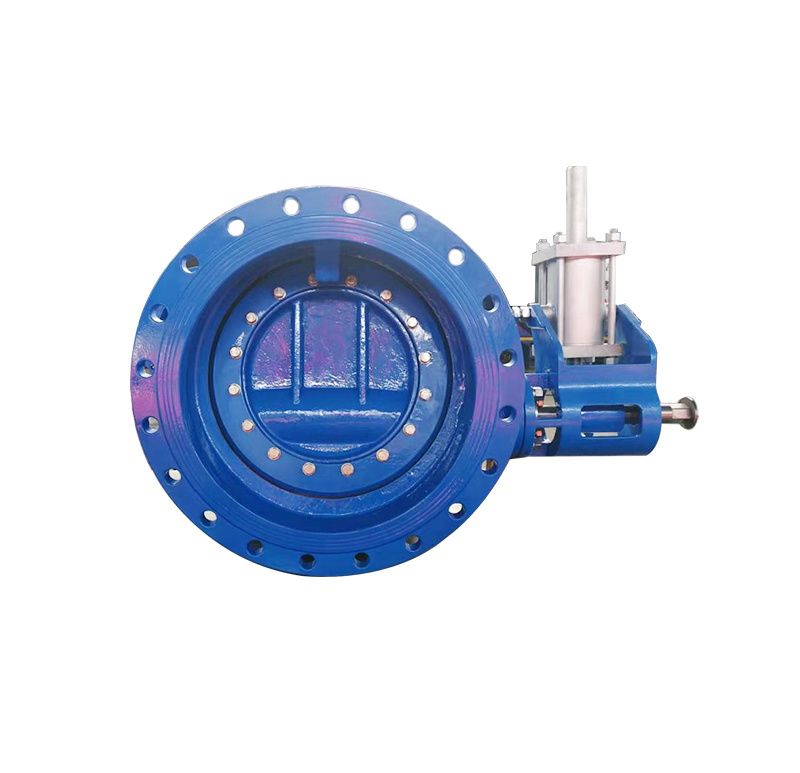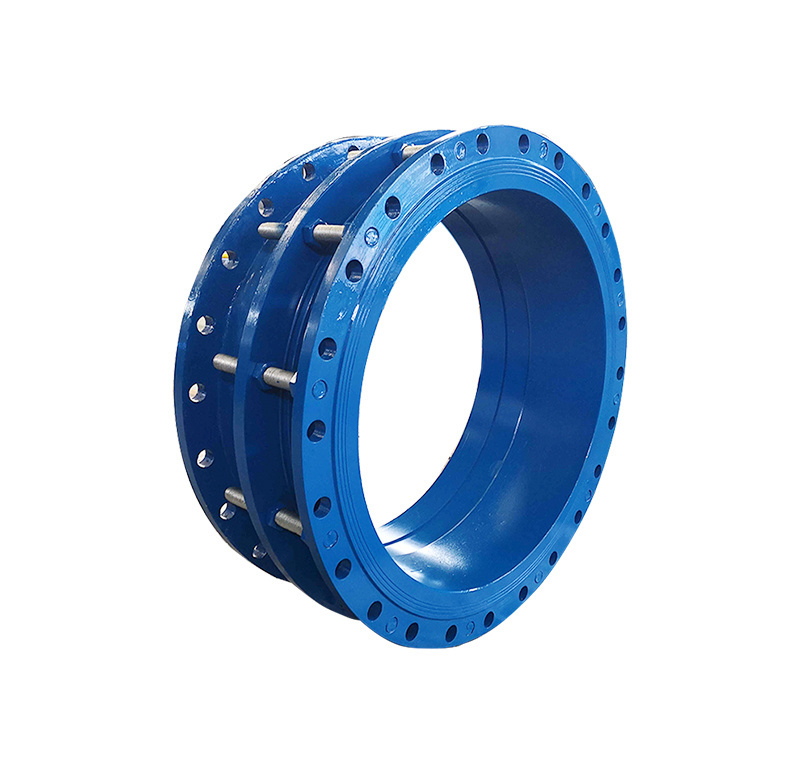Understanding Small Flow Resistance Valves: Enhancing Efficiency in Industrial Applications
In the realm of industrial equipment, small flow resistance valves play a crucial role in managing fluid dynamics effectively. These valves are engineered to minimize flow resistance, allowing for a smooth passage of fluids while maintaining the necessary control over pressure and flow rates. By optimizing fluid movement, they enhance overall system efficiency, reduce energy consumption, and prolo
In the realm of industrial equipment, small flow resistance valves play a crucial role in managing fluid dynamics effectively. These valves are engineered to minimize flow resistance, allowing for a smooth passage of fluids while maintaining the necessary control over pressure and flow rates. By optimizing fluid movement, they enhance overall system efficiency, reduce energy consumption, and prolong the lifespan of connected equipment.
One of the key attributes of small flow resistance valves is their ability to maintain a consistent flow rate despite fluctuations in pressure. This feature is vital in applications where precise fluid delivery is required, such as in chemical processing, water treatment, and HVAC systems. By ensuring that the desired flow is achieved without excessive pressure drops, these valves contribute to the reliability and stability of the entire system.
In industrial processes, where various fluids—ranging from water to corrosive chemicals—are handled, the material composition of small flow resistance valves is critical. They are often made from durable materials like stainless steel, plastics, or brass, which can withstand harsh environments and prevent corrosion. This durability ensures that the valves perform optimally over extended periods, thereby minimizing the need for frequent maintenance and replacements.
Moreover, small flow resistance valves can be designed in various configurations, including globe, ball, and butterfly types, to suit specific application requirements. Each type offers distinct advantages, such as ease of operation, quick response times, and high flow capacities. Selecting the appropriate valve type based on the application can lead to significant improvements in system performance.
Another advantage of small flow resistance valves is their role in energy efficiency. By allowing fluids to flow with minimal resistance, these valves reduce the energy expenditure associated with pumping systems. This is particularly important in large industrial settings where energy costs can be a substantial part of operational expenses. Implementing small flow resistance valves can contribute to an overall reduction in energy consumption, aligning with the growing emphasis on sustainable industrial practices.
In conclusion, small flow resistance valves are integral to the optimization of fluid control in industrial applications. Their ability to minimize pressure loss while ensuring precise flow regulation makes them invaluable in various sectors. By understanding their functionality and benefits, industrial professionals can make informed decisions that enhance the efficiency and reliability of their systems. Investing in quality small flow resistance valves not only improves operational effectiveness but also supports long-term sustainability goals in the industry.
One of the key attributes of small flow resistance valves is their ability to maintain a consistent flow rate despite fluctuations in pressure. This feature is vital in applications where precise fluid delivery is required, such as in chemical processing, water treatment, and HVAC systems. By ensuring that the desired flow is achieved without excessive pressure drops, these valves contribute to the reliability and stability of the entire system.
In industrial processes, where various fluids—ranging from water to corrosive chemicals—are handled, the material composition of small flow resistance valves is critical. They are often made from durable materials like stainless steel, plastics, or brass, which can withstand harsh environments and prevent corrosion. This durability ensures that the valves perform optimally over extended periods, thereby minimizing the need for frequent maintenance and replacements.
Moreover, small flow resistance valves can be designed in various configurations, including globe, ball, and butterfly types, to suit specific application requirements. Each type offers distinct advantages, such as ease of operation, quick response times, and high flow capacities. Selecting the appropriate valve type based on the application can lead to significant improvements in system performance.
Another advantage of small flow resistance valves is their role in energy efficiency. By allowing fluids to flow with minimal resistance, these valves reduce the energy expenditure associated with pumping systems. This is particularly important in large industrial settings where energy costs can be a substantial part of operational expenses. Implementing small flow resistance valves can contribute to an overall reduction in energy consumption, aligning with the growing emphasis on sustainable industrial practices.
In conclusion, small flow resistance valves are integral to the optimization of fluid control in industrial applications. Their ability to minimize pressure loss while ensuring precise flow regulation makes them invaluable in various sectors. By understanding their functionality and benefits, industrial professionals can make informed decisions that enhance the efficiency and reliability of their systems. Investing in quality small flow resistance valves not only improves operational effectiveness but also supports long-term sustainability goals in the industry.









